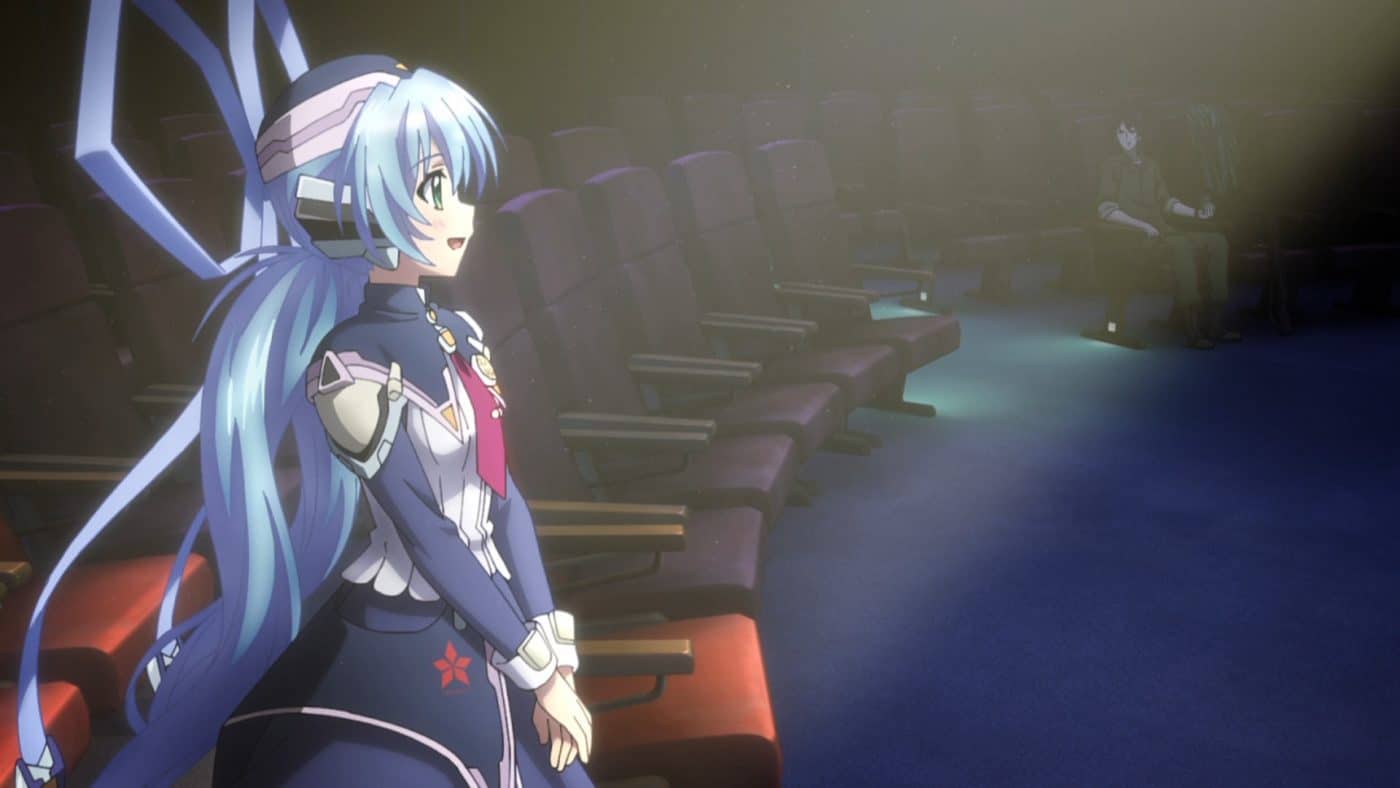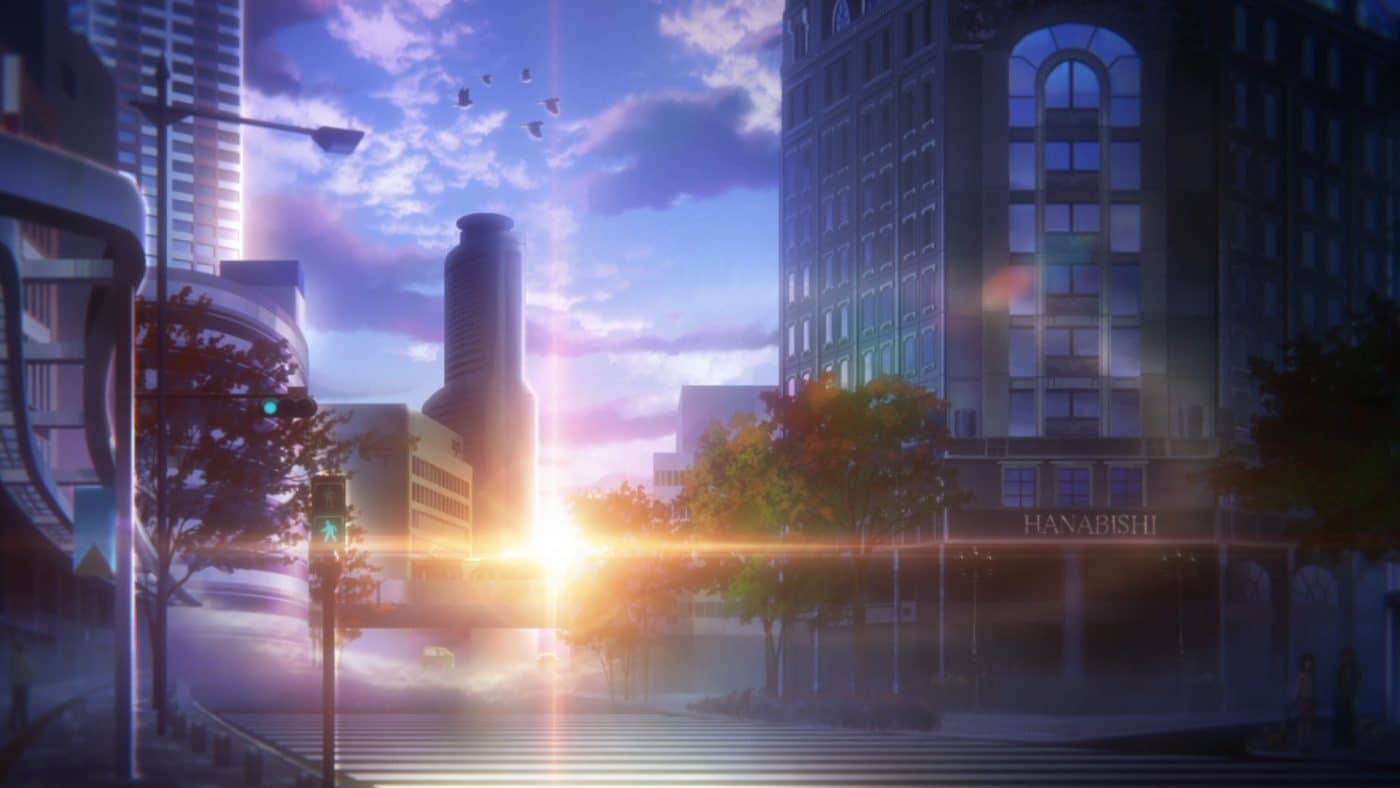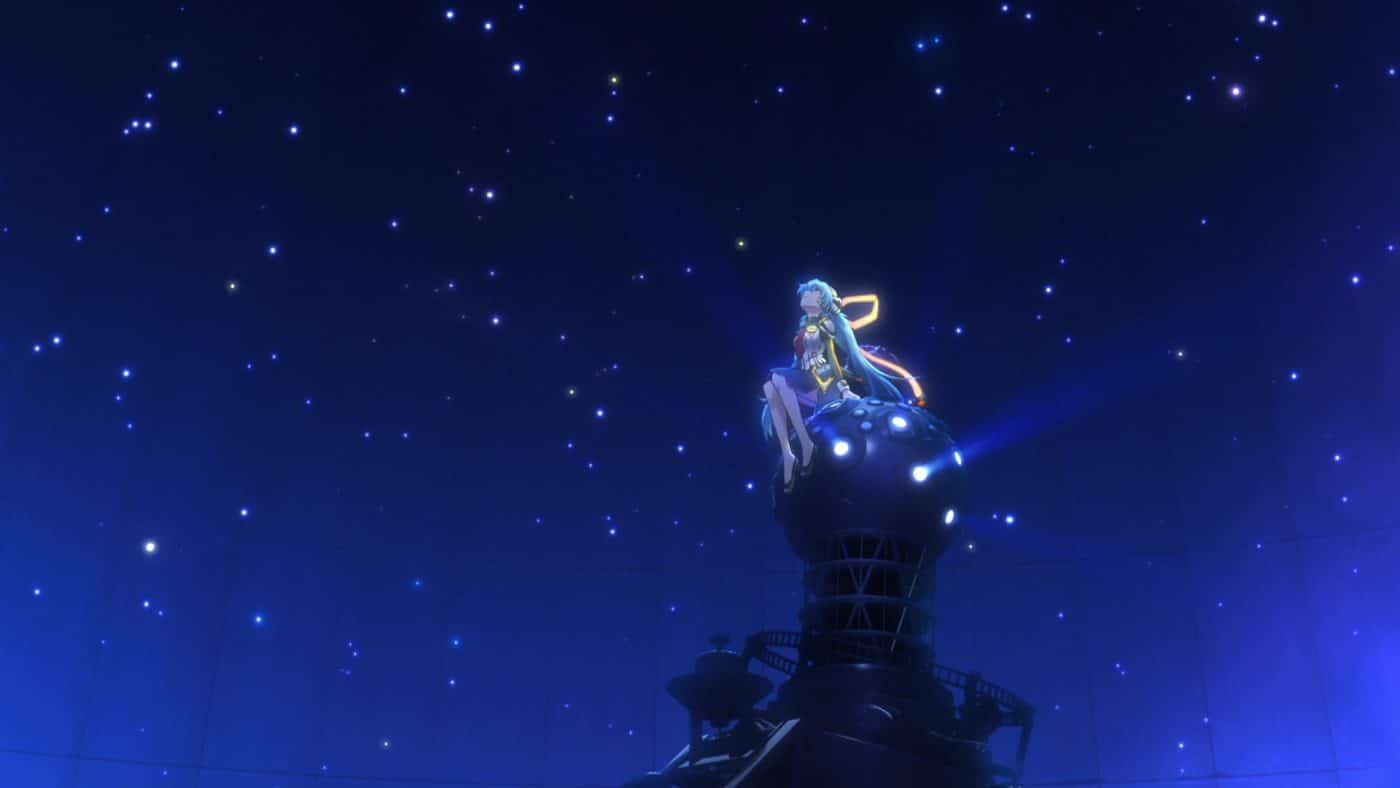planetarian
~reverie of a little planet~
5 ONAs*
~storyteller of the stars~
1 Movie
2016
Alternate Titles
planetarian: Chiisana Hoshi no Yume (ONA* series)
planetarian: Hoshi no Hito (Movie)
Series Order
planetarian ~reverie of a little planet~
|
V
planetarian ~storyteller of the stars~
Genre
Sci-fi; Drama; Tragedy; Post-Apocalypse
Synopsis
Sarcophagus City is devoid of life. The Junker enters to search for valuable loot and the like in order to survive in the post-apocalyptic world the eternal rain has left him in. However, as he scans for a rare bottle of alcohol, he is chased by the city’s defending robots onto the roof of a large, decrepit department store. Inside, he is greeted by a cheerful humanoid robot named Yumemi Hoshino. In this rooftop planetarium that hasn’t seen a visitor in nearly thirty years, the Junker finds that not only does it miraculously still have electricity, but it also has a projector that can show him what nobody has seen in who knows how long: the stars. The only problem is that it’s not exactly in the best condition…

Content Advisory
This is not a comprehensive list of every individual use of strong content, merely a guide to show you how extreme it gets and how strong it tends to be. Also, the tags I’ve given each segment (e.g. Very Strong Language) is based on my own system and does not necessarily reflect the tags the BBFC (or other national equivalent) use. According to my system, the ‘Mild’, ‘Moderate’, ‘Strong’ and ‘Very Strong’ adjectives are based on strength, not on volume. Now, obviously, the strength of any type of content is subjective; what I consider strong might just be a relaxing weekend for you. Hence, I have added an explanation for my decision to allow you to make your own informed decision.
Please also note that the lack of a ‘colourful’ language category here is based on FUNimation’s English Dub. The Japanese Dub may (and probably does) differ.
Moderate Violence
The series is bookended by some gunfights between the protagonist and some robots. This is the most common violent depictions. They are mild and don’t depict any bloodshed.
However, a later scene leads to a character breaking their leg. No injury detail is present as the leg is covered by their trousers. Another scene depicts a character being inadvertently struck by an explosive trap. At its most extreme, the show depicts some robots losing parts during fights. Due to them being robots, there is no flesh or blood.

Reasons to Watch
This is the difficult part. I don’t want you to see this entry as an oversized ‘DON’T WATCH THIS’ post. Equally, I don’t want to influence your opinion with a biased review – there’s a reason this website is called ‘Anime Insights’ and not ‘Anime Reviews’! In this section, I’m going to try to convey to you some of the reasons (in no particular order) that I’ve seen this show’s fans give for enjoying it!
A short tear jerker at just over an hour and a half for the series and just under two hours for the film.
Based on a visual novel** by ‘Key’ – a developer famous for their tear jerkers.
Thanks to the lack of objectionable content, the anime is very accessible to a wide audience. It’s also light on the sci-fi buzzwords, and when it does use them, it isn’t necessary to understand them as they are either used to comedic effect or the situation will be clear to the audience regardless. Therefore, the anime is great for sci-fi fans, non-sci-fi fans and any who are interested in getting into sci-fi/robots.
Barrier of Entry
Some viewers may find Yumemi’s near-monotone voice and regular, repetitive comments obnoxious. It should be noted that this is deliberate and intended to create an authentic robotic personality. However, it’s not meant to be seen as obnoxious…

Music
Ending Themes
Twinkle Starlight by Sayaka Sasaki (Ep. 1-4)
Hoshi Meguri no Uta by MELL (Ep. 5)
Hoshi no Fune by Lia (Movie)
Things to Look Out For:
The film sequel has a hefty helping of recap throughout, meaning viewers may want to have the skip button at the ready should they be watching shortly after the series and/or don’t wish to see it.
Theoretically, the film could be viewed without seeing the series first due to the amount of recap. That being said, in order to endure the full emotional hit of the original story, I would recommend seeing the series first.
Hardcopy Note
The physical copy is not available in the UK or Australia (as of 4th October 2018). As such, the American Blu-Ray discs are Region A and DVDs are Region 1 NTSC, meaning that special measures would need to be taken if one wishes to watch them in the UK or Australia.
Staff List
Animation Production: david production
Director: Naokatsu Tsuda
ADR Director: Clifford Chapin
Series Composition/Screenplay: Shogo Yasukawa (Ep. 1-3, Movie) & Naokatsu Tsuda (Ep. 4-5, Movie)
ADR Script: Emily Neves
Music: Donmaru, Shinji Orito & Tomohiro Takeshita
Original Creators: Key (ONA Series) & Yūichi Suzumoto (ONA Series & Movie)
Original Character Design: Eeji Komatsu
Animation Character Design: Hitomi Takechi
Chief Animation Directors: Hitomi Takechi & Satoru Kiyomaru (Ep. 1-5, Movie), Yūko Sotake (Ep. 1-3, Movie) & Ryo Kobayashi (Ep. 4)
Art Directors: Yusuke Takeda (Ep. 1-3, Movie), Yūko Sugiyama (Ep. 4-5, Movie) & Kazuhiro Arai (Movie)
Lead Voice Actors:
In the credits of FUNimation’s release, the protagonist is referred to as ‘Junker’ and old Junker as ‘Storyteller’. To avoid confusion, I have done the same, although his real name is ‘Kuzuya’.
Daisuke Ono as Junker
Keiko Suzuki as Yumemi Hoshino
Tamio Ohki as Storyteller (Movie Only)
Lead Voice Actors (FUNimation):
David Matranga as Junker
Jill Harris as Yumemi Hoshino
Kenny Green as Storyteller (Movie Only)
For Your Anime Dictionary
*ONA stands for Original Net Animation. These are essentially the equivalent of an Anime web series. FUNimation refers to these as OVAs (Original Video Animation) but, officially speaking, they are ONAs.
**Visual Novels are very basic computer games wherein the player is presented with character sprites, a backdrop and a textbox. Their goal is to advance through the story (some of which can be over 50 hours!) and occasionally make decisions from a list of choices that may change the outcome of said story. Visual Novels with no decisions are called Kinetic Novels.
